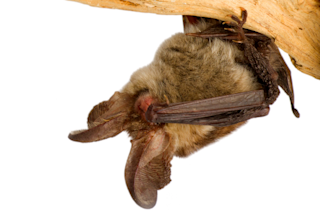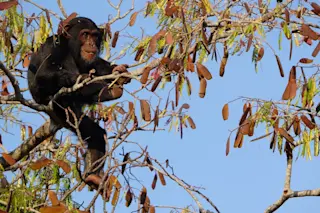*FACEPALM* (Photo by Maksimilian) Many know Neil deGrasse Tyson for his pithy, humorous science tweets, which are a part of his greater science communication strategy. As of late, though, scientists have become quite vexed with NDT's 140-character stylings, as he's been foraying outside his planetary expertise and into biological phenomena, getting the facts wrong every time. First, there was his mistaken evaluation of evolutionary drivers and how sex works, excellently torn apart by Emily Willingham (a Ph.D. scientist whom Tyson then condescendingly called "a woman who has a blog", prompting some to suggest he be referred to as just a "man with a twitter"). Then came his misunderstanding of genetics and deleterious alleles, which was ripped apart by Jeremy Yoder (another Ph.D. scientist). Now, he's stepped in guano again with this tweet related to this weekend's powerhouse movie release:
If Batman wants so badly to be a bat, he might ...














